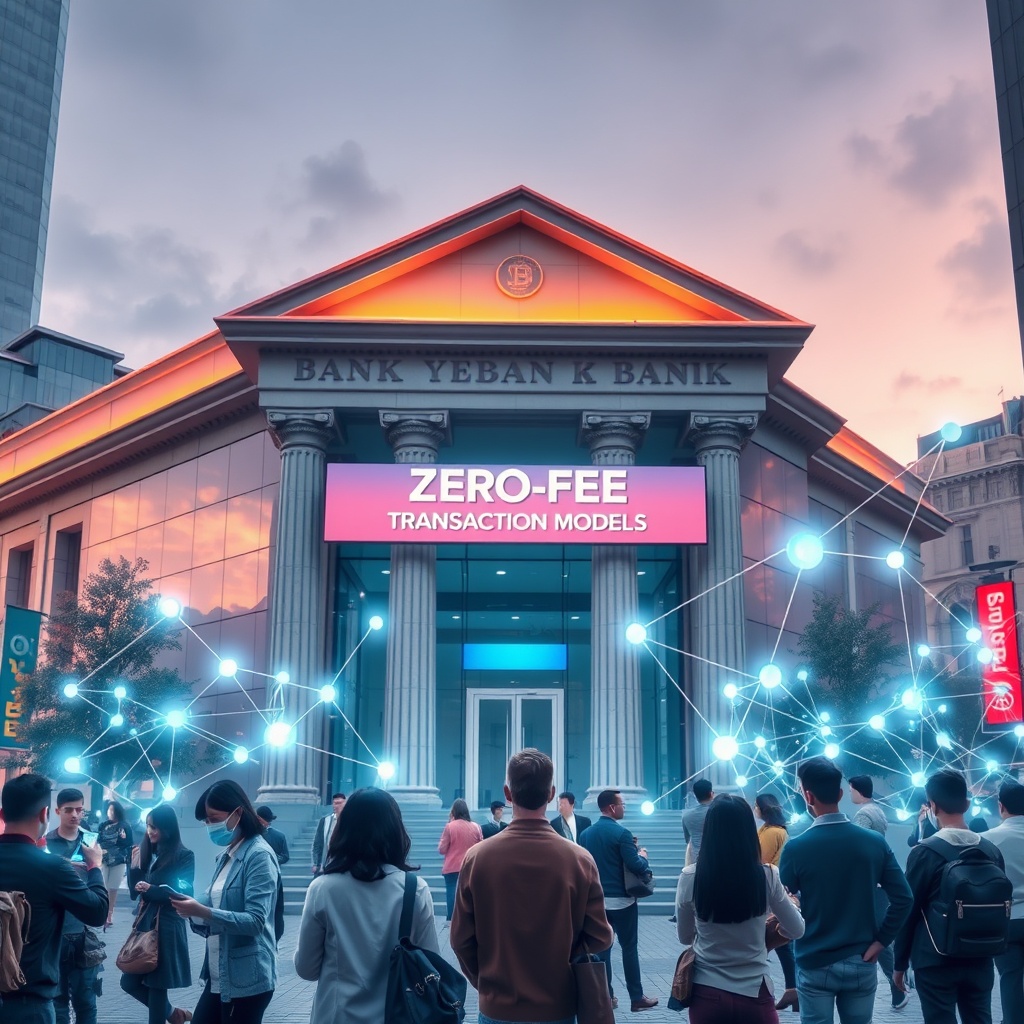The financial landscape is undergoing a seismic shift as blockchain technology paves the way for zero-fee transaction models. Traditional banking systems, laden with hidden fees and expensive transaction costs, are being challenged by decentralized finance (DeFi) solutions that prioritize transparency and cost-efficiency. At the heart of this revolution lies the promise of a frictionless financial ecosystem, where users can transact without the burden of excessive fees.
Zero-fee transaction models leverage the unique characteristics of blockchain technology to minimize costs associated with traditional banking. Unlike conventional financial institutions that rely on intermediaries, blockchain operates on a peer-to-peer basis, allowing for direct transactions between parties. This not only eliminates the need for costly middlemen but also enhances transaction speed and security.
The underlying mechanisms that enable zero-fee transactions include:
- Smart Contracts: Automated agreements that execute transactions based on predefined conditions, reducing the need for manual processing.
- Tokenization: The conversion of real-world assets into digital tokens, which can be traded on blockchain networks without traditional banking fees.
- Decentralized Exchanges: Platforms that facilitate direct trading of cryptocurrencies, eliminating intermediary costs.
As blockchain technology continues to mature, the implications for the banking sector are profound. The adoption of zero-fee transaction models not only promises significant cost savings for consumers but also encourages financial inclusion for underserved populations globally. By removing financial barriers, blockchain empowers individuals with greater access to financial services, fostering a more equitable economic landscape.
Moreover, traditional banks are beginning to recognize the advantages of integrating blockchain solutions. Partnerships between banks and blockchain startups are on the rise, indicating a shift towards hybrid models that merge the reliability of established financial institutions with the efficiency of decentralized technologies.


















